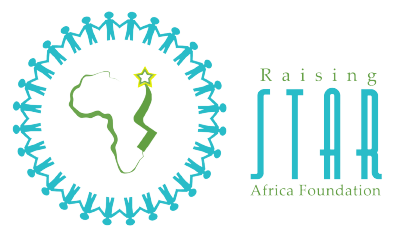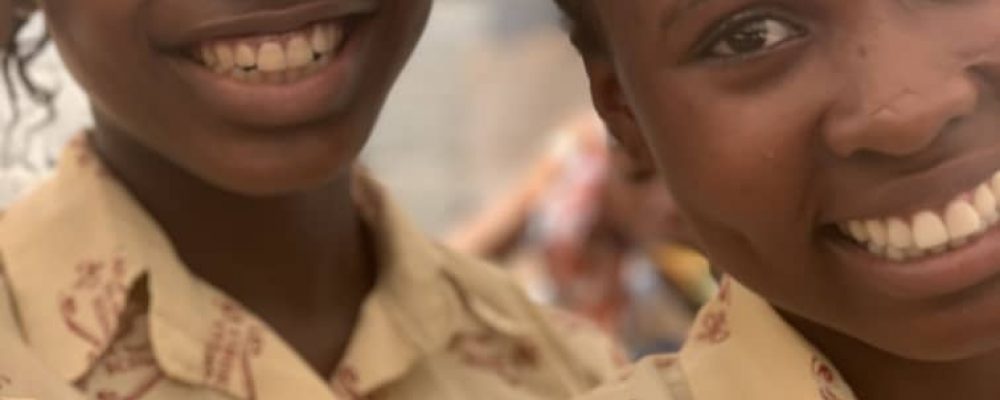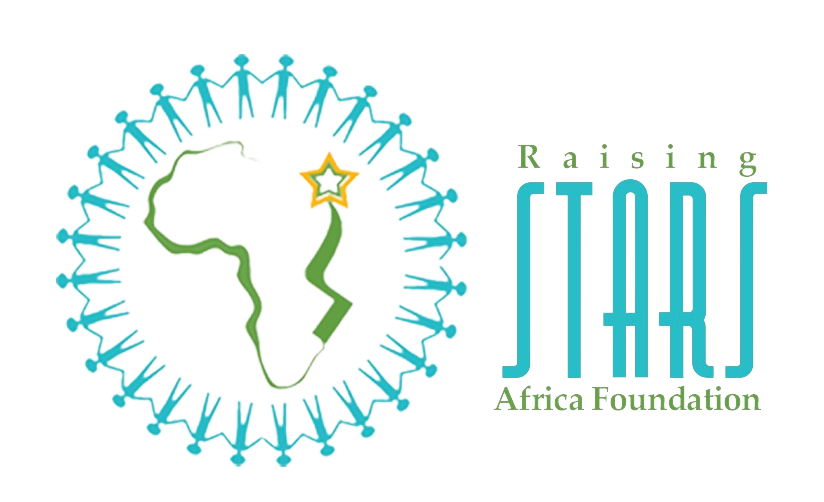For the past few years, different campaigns have been raised that addresses major issues facing the girl-child. Campaigns such as – Keeping girls in the picture, girls not brides, Bring back our girls, because I am a girl and others. The challenges faced by a girl-child seems innumerable as girls around the world are being exploited, discriminated against – or just ignored.
Girls have the same hopes and dreams as boys. They want to learn, fulfill their potential, become great and help their families and communities. However the reverse keeps being the case for most women as females are found to be a less empowered gender globally. Recent figures from UNICEF shows that about 32 million girls of primary school age and 29 million of lower secondary school age are not getting an education, and an average number of girls out of school across different age groups at 130 million. Although over the years girls schools attendance keeps improving, however in certain regions in Nigeria, girls schools attendance remains low. A recent report on poverty found that 135 million children in the developing world between the ages of 7 and 18 had no education at all, with girls 60 percent more likely than boys to be so ‘educationally deprived’. Educational deprivation and poverty go hand in hand. Gender disparity in education is significantly greater for children living in poverty. Thus, girls are in double jeopardy, affected by both gender and poverty.
Nigeria is one of the countries with the highest number of child marriage prevalence rates in the world. On average, about two out of five girls will be married before their 18th birthday. In 2008, about 39% of the women aged 20-24 were married/in union before age 18. Millions of girls around the world are being denied an education because of discrimination, poverty, emergencies and culture. Child marriage is a fundamental violation of human rights. Many girls (and a smaller number of boys) are married without their free and full consent. By international conventions, 18 years has been established as the legal age of consent to marriage. The high mortality of child brides has greatly added to maternal mortality globally, as first births carry special risks for both mother and child. The vast majority of births to adolescent girls are first births that occur within marriage. The foremost risk first births carry is prolonged or obstructed labor, which can result in obstetric fistulas in settings where access to care is limited. Girls who give birth during adolescence require special attention because they are less mature and are simultaneously coping with their own and their baby’s physiological, emotional, and economic needs. Globally, adolescent mothers tend to be poorer, less educated, and less adequately nourished than older mothers; they also face greater social disadvantage.
Nigeria 2021 – Another issue making rounds all over the country right now is gender-based violence (GBV) and rape — which is very prevalent across the country because there are no stringent laws or enforcement of existing laws by stakeholders and law enforcement agencies. Research has shown that the costs of this violence are impossible to summarize. Gender-based violence (GBV) – including sexual violence and rape – results in lost productivity, lost opportunities, broken bones and broken lives for millions of women. If the world is to achieve its development goals, a critical precondition is the safety, equality and well-being of women and girls everywhere. Nigeria has long been facing a gender-based violence crisis, with 30% of women and girls aged 15-49 having experienced sexual abuse. GBV has serious short- and long-term consequences on women’s physical, sexual and reproductive and mental health as well as on their personal and social well-being. The health consequences of violence against women include injuries, untimed/unwanted pregnancy, sexually transmitted infections including HIV, pelvic pain, urinary tract infections, fistula, genital injuries, pregnancy complications, and chronic conditions. Mental health impacts for survivors of gender-based violence include Post Traumatic Stress Disorder (PTSD), depression, anxiety, substance misuse, self-harm and suicidal behavior, and sleep disturbances. In addition, a survivor of GBV may also face stigma and rejection from her community and family
As at today, freedom from all forms of discrimination against the girl child remains only partly fulfilled, and governments and societies must galvanize efforts if true freedom is to be won. Policies and programmes initiated must be duty-bound to take into consideration the differing, yet critical, needs of the girl child in terms of physical protection from sexual and physical exploitation, discrimination in all forms including in the field of education, and increased awareness of the struggles being faced by girls today.
Educating a girl-child has a wide-ranging impact on society and human development, with different long-term benefits which also have a great influence in tackling GBV. The benefits includes:
Enhanced economic development. Decades of research have found an important link between the expansion of basic education and economic development. Girls’ education has an even more positive effect.
Education for the next generation. Educated girls who become mothers are more likely to send their children to school, passing on and multiplying benefits.
The multiplier effect. Education has a positive influence in a child’s life from health to protection from GBV, HIV/AIDS, exploitative labour and trafficking.
Healthier families. When mothers are educated their children are better nourished and get sick less often.
Fewer maternal deaths. Women who have been educated are less likely to die during childbirth because they tend to have fewer children, better knowledge of health services during pregnancy and birth, and improved nutrition.
To tackle major challenges facing the girl child and women and achieve SDG 5: Achieve gender equality and empower all women and girls, there is a need for collaboration, partnership, change in policies, stringent regulations and enforcement. We believe change is possible if enough people join the effort.


